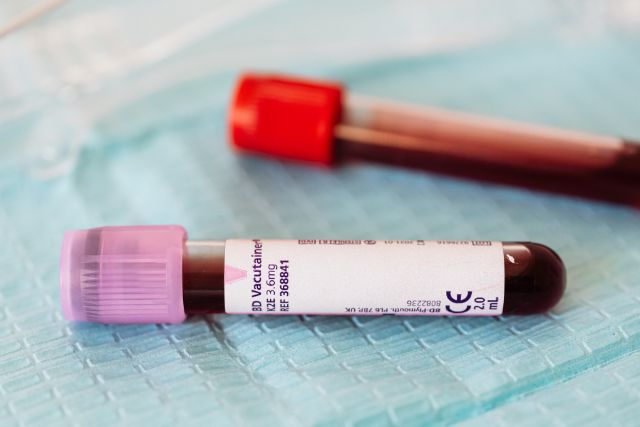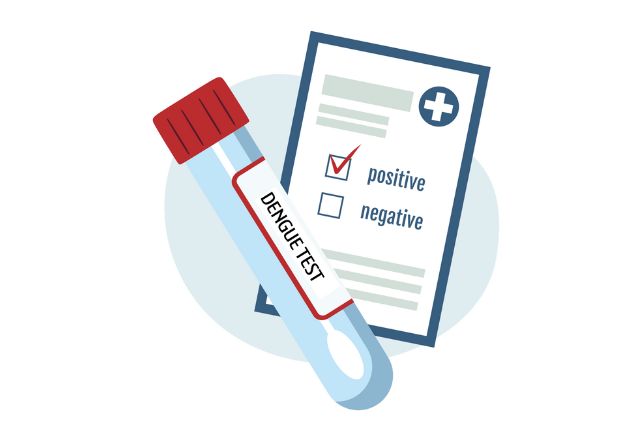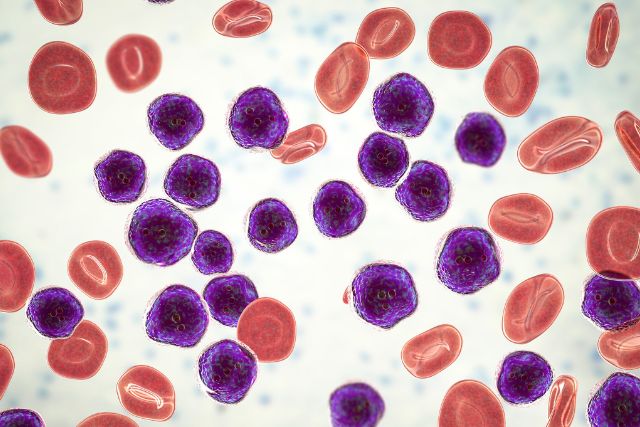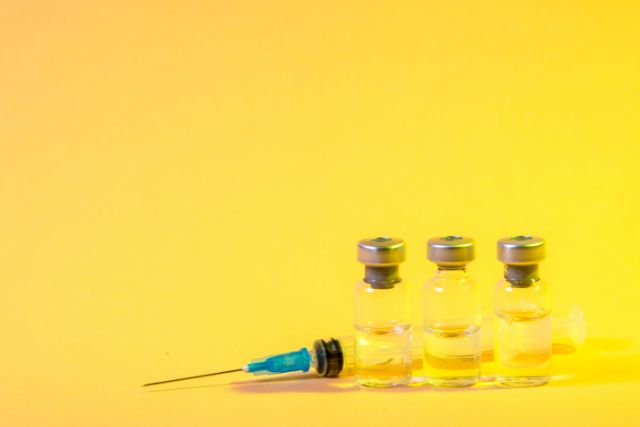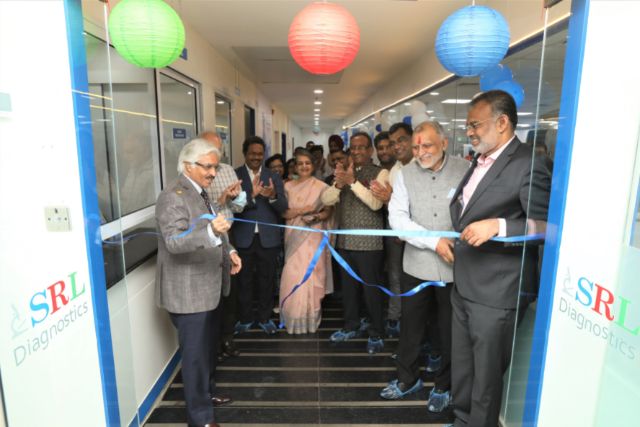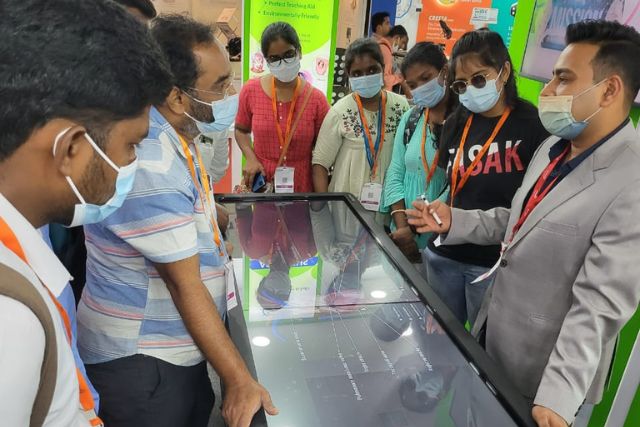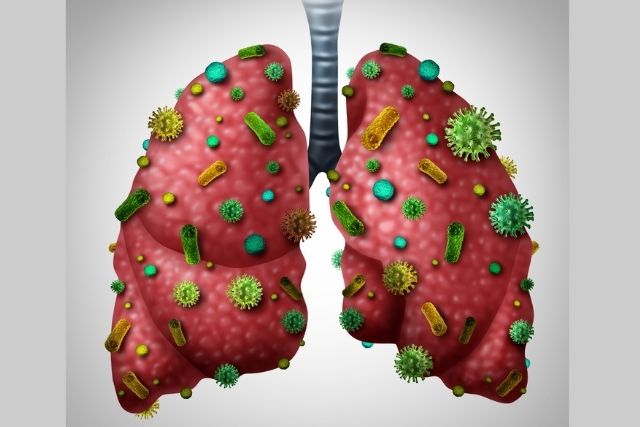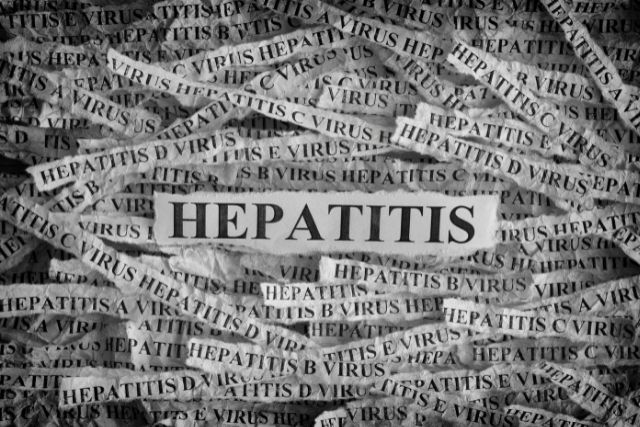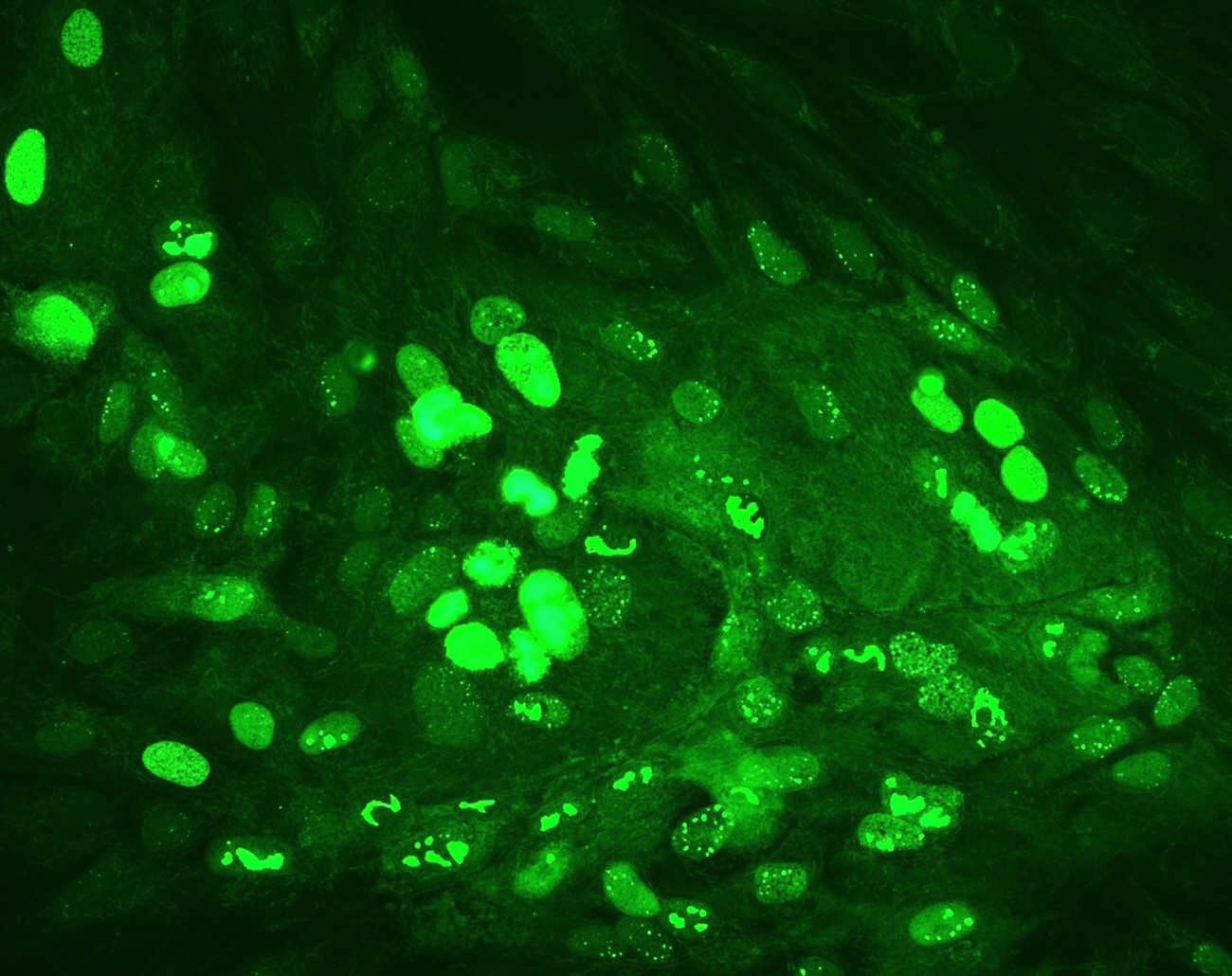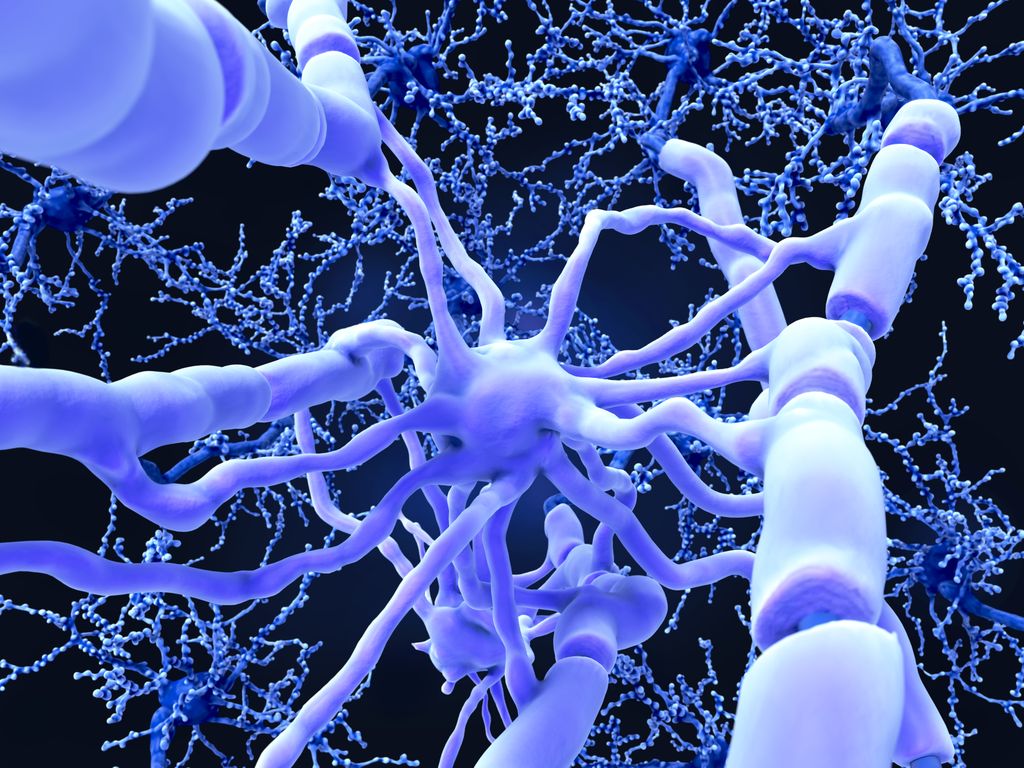Most mistakes in laboratory medicine, if not all of them, happen at the pre-analytical stage of the testing procedure. 1 Pre-analytical factors must therefore be given the same careful scrutiny and examination as the more conventional direct analytical parameters when assessing and evaluating biochemical assays. Correctness the first time, every time, must be a top priority.
Only those pre-analytical aspects that must be taken into account when implementing a new analytical test will be covered in this succinct review. It won’t go into great length about the general pre-analytical requirements that apply to all analytes, such as accurate patient identification, accurate sample labelling, and accurate sample registration.
As significant as the analytical component is, the pre-analytical stage is an essential component of the analysis. Preparing the sample and preparing the reagents, such as the extraction solution, mobile phase, reconstitution reagent, derivatization reagent, and internal standards, are also parts of the pre-analytic phase. Blood specimen collection can encounter issues like misidentification of the sample, use of insufficient tools or needles, improper order of draws, prolonged application of a tourniquet, failure to find the vein, incorrect use of additive tubes, collection of samples that are unsuitable for quality or quantity, inappropriate mixing of a sample, etc. Following sample collection, several circumstances during transportation, preparation, and storage can change the outcome of a sample constituent.
Errors in the laboratory can frequently have detrimental effects. The majority of errors that occur throughout the entire testing process are caused by the absence of standardised sample collection protocols. They can also have clinical repercussions and have a big impact on patient treatment, especially if they include specialised testing because such are sometimes referred to as “diagnostic.” Controlling pre-analytical factors is essential since they have a direct impact on the accuracy and clinical validity of the results.
Commonest Preanalytical Mistakes
Remember that a poor sample will always yield a poor result. Therefore, any outcome is preferable to no result. Care must be taken to keep away from any potential causes of inaccuracy.
The sample should be refused and the request cancelled if there has been an error that could potentially have a major impact on the test result and could result in an inaccurate clinical decision and inappropriate treatment. The preanalytical mistakes that happen most frequently in the field of clinical diagnostics are:
Improper patient preparation
- Improper sampling time
2) Blood collection mistakes, patient identification mistakes, sampling mistakes, and underfilled tubes
- Mistakes in sample processing and transportation
- Poor sample mixing (clotted sample, microclots, incomplete clotting – fibrin interference)
Hemolyzed sample; interferences
Fortunately, many of those errors may be avoided by standardising the procedure and providing enough staff training. Unfortunately, the majority of those faults cannot be found during the testing process.
References:
- Rachna, A., Quality-Improvement Measures as Effective Ways of Preventing Laboratory Errors. Lab Medicine, 2014. 45(2): p. 9.
- Plebani, M., et al., Performance criteria and quality indicators for the pre-analytical phase. Clin Chem Lab Med, 2015. 53(6): p. 943-8.
- Asirvatham, J.R., V. Moses, and L. Bjornson, Errors in potassium measurement: a laboratory perspective for the clinician. N Am J Med Sci, 2013. 5(4): p. 255-9.
- Narayanan, S., Pre and post analytical errors in lipid determination.Indian Journal of Clinical Biochemistry, 1996. 11: p. 5.
- Rehak, N.N., S.A. Cecco, and G.L. Hortin, Photolysis of bilirubin in serum specimens exposed to room lighting. Clin Chim Acta, 2008. 387(1-2): p. 181-3.
- Turchiano, M., et al., Impact of blood sample collection and processing methods on glucose levels in community outreach studies. J Environ Public Health, 2013. 2013: p. 256151.







